No products in the cart.
On this page
The content below is for guidance only. VegaVend reserves the right to remove any listing it considers to be inappropriate for sale for any reason.
This material is for informational purposes only -and it is not intended as legal advice. We encourage you to consult your legal counsel if you have any questions about the laws and regulations related to the footwear you sell. This material only reflects the position at the date of writing and requirements in the EU and the UK may change – particularly in light of the developing position with Brexit. You should refer to current UK Brexit guidance about your products (see below) to learn more about changes that may affect you following the end of the transition period.
I. EU Requirements:
Examples of Permitted Listings
Reminder: all listings and products must comply with all applicable laws and regulations.
- Non-endangered animals prepared as food, provided that the product is compliant with food regulations, see Restricted Products: Food & Beverages
- Electronic rat traps
- DIY pet microchip kits
- Live shellfish, worms and insects, provided that the product is compliant with animal protection laws and animal feed regulations
- Ladybird larvae provided that they are a native breed and not the Harlequin breed
Examples of Prohibited Listings
- Live animals subject to the exceptions above
- Real fur, or products containing real fur, of any animal, whether from farmed or wild animals
- Cockfighting “slasher” knives
- Prong collars and any other collars that have inward-facing spikes
- Glue traps for vertebrates
- Cat traps and other traps claiming that they can be used for trapping cats
- Mink oil produced in the UK
- Wildlife items such as wild bird eggs and other items as indicated in the Wildlife and Countryside Act 1981
- Products promoting or media containing animal abuse
- Electrostatic dog collars, including both training and containment systems
- Animal feed for farmed animals containing live animals/insects, non-authorised animal proteins or Animal By-Product materials in accordance with, among others, Regulation (EC) No 1069/2009, Commission Regulation (EU) No 142/2011 and Regulation (EC) No 999/2001
- Parts, products or ingredients from or containing:
- baby harp seal and hooded seal skins
- seals or other pinnipeds (sea-lions and walruses)
- cats or dogs
- endangered or threatened species, such as alligators, caimans, crocodiles, elephants (including elephant ivory), kangaroos, mountain lions, coral, sea turtles (including their shells), snakes and most reptile skins
- shark, whale, dolphin or porpoise
- untanned animal hides and skins (either with or without hair/fur)
This includes skin, leather, fur or feathers.
How to identify fake fur from animal fur
If you list fake fur-trimmed products, check that the material is actually fake. The three tests below will help you determine whether fur is real or fake. This guide is not intended as a substitute for professional testing by experts in order to comply with applicable laws or for other reasons.
- Check the base of the fur for skin or fabric. Push apart the fur and look at the material at the base of the hairs. If the base material is not visible or otherwise still unclear, and you own the garment, break the stitching and look at the non-hair side of the fur base, being sure to peel away all layers of lining.
- ANIMAL FUR: The surest sign of animal fur is leather/skin (usually white or tan, but possibly the colour of the fur if it has been dyed).
- FAKE FUR: The surest sign of fake fur is seeing the threadwork backing from which the “hairs” emerge.
- Check the tips of the hairs for tapering. Both animal fur and fake fur come in many different colours and lengths. However, if animal fur has not been sheared or cut to a uniform length or had the guard hairs plucked out, you may be able to examine the tips of the longest hairs and see that they taper into a fine point, like a cat’s whisker or sewing needle. Good lighting and a magnifying glass are helpful, as is holding the hairs up against a white surface.
- The Burn Test. Fake fur made from acrylic or polyester, the two most commonly used synthetics, smells like molten plastic. Carefully remove just a few hairs and then, holding them with tweezers above a dish or other non-flammable surface, ignite them with a cigarette lighter. Make sure to burn them away from the original garment and anything else flammable. Never conduct the burn test on hairs still attached to the garment. Only adults should conduct the burn test.
Please note: Vendors who list prohibited items can have their selling permissions removed, either temporarily or permanently.
Related VegaVend Help Pages
- Restricted Products: Food & Beverage
- Restricted Products: Drugs, Drug Paraphernalia and Dietary Supplements
- Restricted Products: Clothing
Additional Useful Information
- European Commission website on Animal Health and Welfare, http://ec.europa.eu/food/animal/welfare/index_en.htm
- The Control of Trade in Endangered Species (Enforcement) Regulations 1997, http://www.legislation.gov.uk/uksi/1997/1372/contents/made
- List of endangered species, http://eur-lex.europa.eu/LexUriServ/LexUriServ.do?uri=CONSLEG:1997R0338:20080411:EN:PDF
- Website of the Convention on International Trade in Endangered Species of Wild Fauna and Flora, http://www.cites.org/
- The TSE Regulation (EC) No 999/2001: https://eur-lex.europa.eu/legal-content/EN/TXT/?uri=CELEX:02001R0999-20150805
- Control of TSEs (including BSE and scrapie) guidance: https://ec.europa.eu/food/safety/biosafety/food_borne_diseases/tse_bse_en
II. UK Requirements:
Examples of Permitted Listings
Reminder: all listings and products must comply with all applicable laws and regulations.
- Non-endangered animals prepared as food, provided that the product is compliant with food regulations, see Restricted Products: Food & Beverages
- Electronic rat traps
- DIY pet microchip kits
- Live shellfish, worms and insects, provided that the product is compliant with animal protection laws and animal feed regulations
- Ladybird larvae provided that they are a native breed and not the Harlequin breed
Examples of Prohibited Listings
- Live animals subject to the exceptions above
- Real fur, or products containing real fur, of any animal, whether from farmed or wild animals
- Cockfighting “slasher” knives
- Prong collars and any other collars that have inward-facing spikes
- Glue traps for vertebrates
- Cat traps and other traps claiming that they can be used for trapping cats
- Mink oil produced in the UK
- Wildlife items such as wild bird eggs and other items as indicated in the Wildlife and Countryside Act 1981
- Products promoting or media containing animal abuse
- Electrostatic dog collars, including both training and containment systems
- Animal feed for farmed animals containing live animals/insects, non-authorised animal proteins or Animal By-Product materials in accordance with, among others, Regulation (EC) No 1069/2009, Commission Regulation (EU) No 142/2011 and Regulation (EC) No 999/2001
- Parts, products or ingredients from or containing:
- baby harp seal and hooded seal skins
- seals or other pinnipeds (sea-lions and walruses)
- cats or dogs
- endangered or threatened species, such as alligators, caimans, crocodiles, elephants (including elephant ivory), kangaroos, mountain lions, coral, sea turtles (including their shells), snakes and most reptile skins
- shark, whale, dolphin or porpoise
- untanned animal hides and skins (either with or without hair/fur)
This includes skin, leather, fur or feathers.
How to identify fake fur from animal fur
If you list fake fur-trimmed products, check that the material is actually fake. The three tests below will help you determine whether fur is real or fake. This guide is not intended as a substitute for professional testing by experts in order to comply with applicable laws or for other reasons.
- Check the base of the fur for skin or fabric. Push apart the fur and look at the material at the base of the hairs. If the base material is not visible or otherwise still unclear, and you own the garment, break the stitching and look at the non-hair side of the fur base, being sure to peel away all layers of lining.
- ANIMAL FUR: The surest sign of animal fur is leather/skin (usually white or tan, but possibly the colour of the fur if it has been dyed).
- FAKE FUR: The surest sign of fake fur is seeing the threadwork backing from which the “hairs” emerge.
- Check the tips of the hairs for tapering. Both animal fur and fake fur come in many different colours and lengths. However, if animal fur has not been sheared or cut to a uniform length or had the guard hairs plucked out, you may be able to examine the tips of the longest hairs and see that they taper into a fine point, like a cat’s whisker or sewing needle. Good lighting and a magnifying glass are helpful, as is holding the hairs up against a white surface.
- The Burn Test. Fake fur made from acrylic or polyester, the two most commonly used synthetics, smells like molten plastic. Carefully remove just a few hairs and then, holding them with tweezers above a dish or other non-flammable surface, ignite them with a cigarette lighter. Make sure to burn them away from the original garment and anything else flammable. Never conduct the burn test on hairs still attached to the garment. Only adults should conduct the burn test.
Please note: Vendors who list prohibited items can have their selling permissions removed, either temporarily or permanently.
Related VegaVend Help Pages
- Restricted Products: Food & Beverage
- Restricted Products: Drugs, Drug Paraphernalia and Dietary Supplements
- Restricted Products: Clothing
Additional Useful Information
- Wildlife and Countryside Act 1981, http://www.legislation.gov.uk/ukpga/1981/69/contents
- Fur Farming (Prohibition) Act 2000, http://www.legislation.gov.uk/ukpga/2000/33/contents
- Animal Welfare Act 2006, http://www.legislation.gov.uk/ukpga/2006/45/contents
- The Control of Trade in Endangered Species (Enforcement) Regulations 1997, http://www.legislation.gov.uk/uksi/1997/1372/contents/made
- Website of the Convention on International Trade in Endangered Species of Wild Fauna and Flora, http://www.cites.org/
- Royal Society for the Prevention of Cruelty to Animals, http://www.rspca.org.uk/home
- CAP: Misleading “Faux Fur” claims in clothes and accessories, https://www.asa.org.uk/uploads/assets/uploaded/e9ef4247-f3f4-4ef5-a8c0ff54d5529dcb.pdf
Last updated: 17 June 2024

